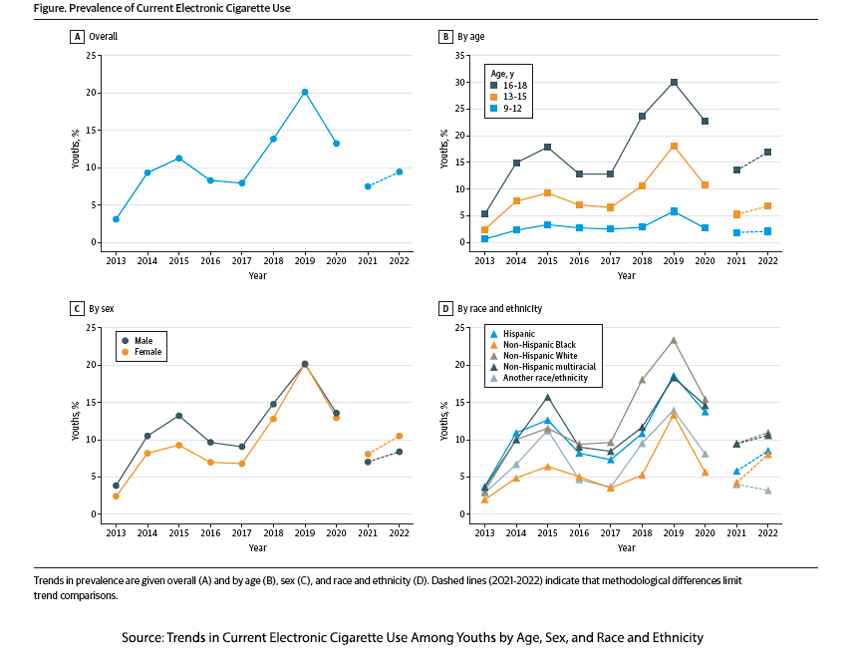How do we hear?
Sound waves, really variations in air pressure, are collected and directed towards the eardrum by our outer ear, where we hang our glasses and the ear canal. Those waves strike the eardrum (tympanic membrane), transmitting those vibrations to the three small bones of the middle ear - the malleus (hammer), incus (anvil), and stapes (stirrup). The mechanical linkage of the three amplifies the incoming vibrations and transfers them through the oval window, a membrane-covered opening that leads to the fluid-filled cochlea.
Cochlea" is derived from the Latin word for "snail shell" or "spiral," reflecting the distinctive and intricate spiral form of the cochlea, which is a critical component of the auditory system responsible for converting...

